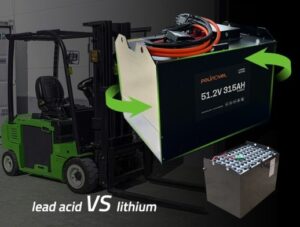The lithium battery manufacturing process represents one of the most sophisticated production sequences in modern industry, requiring precise control at every stage to ensure safety, performance, and reliability. Understanding these critical steps provides insight into why these energy storage devices have become indispensable in our daily lives.
Raw Material Preparation and Mixing
The journey begins with preparing active materials. Cathode materials, typically lithium metal oxides like LiCoO₂ or LiFePO₄, are mixed with conductive additives and binders to create a homogeneous slurry. Similarly, anode materials, predominantly graphite, undergo parallel processing. This mixing phase demands exceptional precision, as particle distribution directly impacts battery capacity and cycling stability.
Electrode Coating and Drying
The prepared slurries are then coated onto metal foils—aluminum for cathodes and copper for anodes—using specialized coating machines that ensure uniform thickness across the entire surface. Following application, electrodes pass through controlled drying ovens where solvents evaporate, leaving behind the active material layer. Temperature management during this phase is crucial, as excessive heat can compromise material integrity.
Calendering and Slitting
Post-drying, electrodes undergo calendering, a compression process that optimizes material density and enhances electrical conductivity. The compressed sheets are then precisely cut into specific dimensions matching the intended battery format, whether cylindrical, prismatic, or pouch cells. Lithium battery manufacturing facilities employ laser or mechanical cutting systems to achieve micrometer-level accuracy.
Cell Assembly and Electrolyte Filling
In climate-controlled dry rooms with humidity below 1%, individual cells are assembled. Electrodes are stacked or wound with separator membranes that prevent short circuits while allowing ion flow. The assembly is then placed into its designated casing. Subsequently, liquid electrolyte—a lithium salt solution in organic solvents—is injected under vacuum conditions to ensure complete penetration throughout the electrode structure.
Formation and Aging
The formation process involves the initial charging cycles that create the solid-electrolyte interface (SEI) layer, essential for long-term stability. Cells undergo multiple charge-discharge cycles under carefully monitored conditions. Following formation, batteries enter an aging period where they’re stored at specific temperatures to stabilize internal chemistry and identify potential defects.
Quality Testing and Grading
Final production stages involve comprehensive testing protocols. Each cell undergoes capacity measurements, internal resistance checks, voltage stability tests, and safety evaluations. Advanced lithium battery manufacturing operations utilize automated testing systems that can process thousands of cells daily while maintaining stringent quality standards. Cells are then graded based on performance parameters and matched for assembly into battery packs.
The complexity of lithium battery manufacturing reflects the technology’s critical importance across industries from consumer electronics to electric vehicles. As demand continues surging, manufacturers constantly refine these processes, seeking improvements in efficiency, safety, and environmental sustainability. Understanding these fundamental steps illuminates why battery production remains a cornerstone of the global transition toward renewable energy systems.


